Sir Robert Baden-Powell and His Adventures as a Spy
Sir Robert Baden-Powell and His Adventures as a Spy
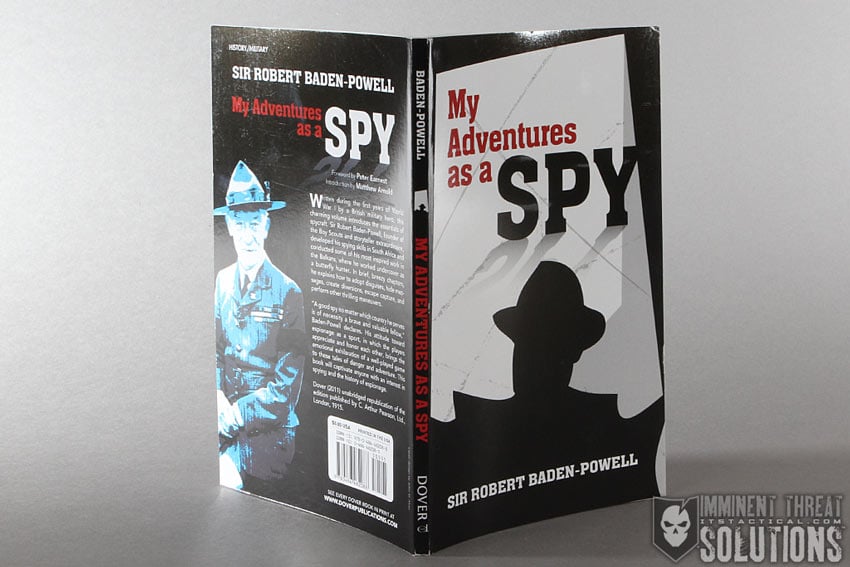
For those of you who didn’t grow up participating in the Boy Scouts of America like I did, Sir Robert Baden-Powell might not be a name you recognize.
Baden-Powell was not only instrumental in scouting becoming of the world’s most successful youth organization, but also authored the first Boy Scout Handbook and wrote of his exploits as a Spy during World War I in the book My Adventures as a Spy. Baden-Powell was an accomplished author, with over 30 books to his credit, but the most intriguing thing about the author was learning about the little known side of him as a Spy. Not only did he serve in the British Military, but saw action behind enemy lines as a reconnaissance officer or scout.
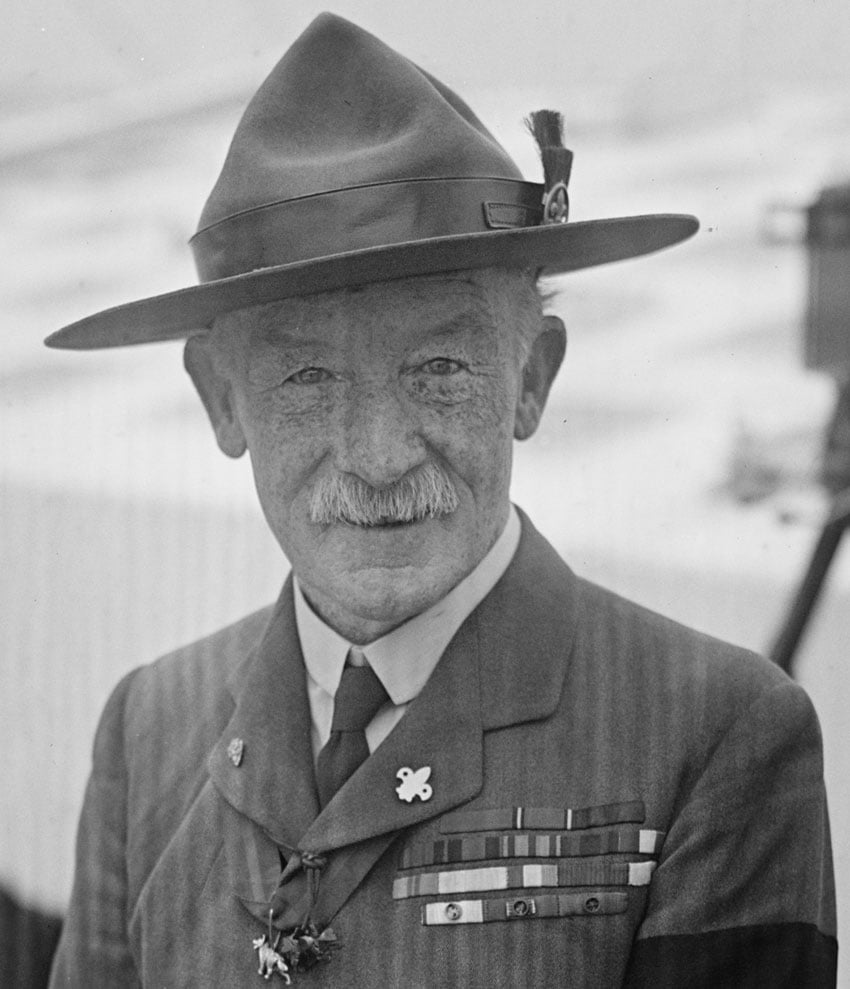
These covert missions as a scout required him to adopt disguises while undercover, hide messages, create diversions, escape capture and slip deep into the world of espionage.
“A good spy no matter which country he serves is of necessity a brave and valuable fellow”
While the book My Adventures as a Spy is a fantastic read, rich with Baden-Powell’s stories of spycraft, I’d like to highlight one such particular example of a lost skill that’s slowly slipping away, semaphore messages.
Secret Messages and Semaphores
Baden-Powell illustrates how spies he ran used semaphore signaling to code messages that would be hidden inside concealment devices and delivered to him. He also notes that this method of encoding secret messages was made popular during the South African War of 1899, also known as the Second Anglo-Boer War.
Before we get into the encoding Baden-Powell used, allow me to highlight just what semaphore signaling is. Right around the time I had started serving in the Navy back in 2003, the rating of Signalman was being dissolved. Their duties, which revolved heavily around semaphores, were passed to the Quartermaster rate. Along with flag semaphores, Signalmen were responsible for transmitting, receiving, encoding, decoding and distributing messages obtained via the visual transmission systems visual morse code and flaghoist signaling.
Here’s the current flag system for semaphores, as you’ll see, by holding two square flags on short poles in different positions, letters and numbers of any combination are achievable. Their are eight possible directions for each arm and except for in the rest position, the flags do not overlap.
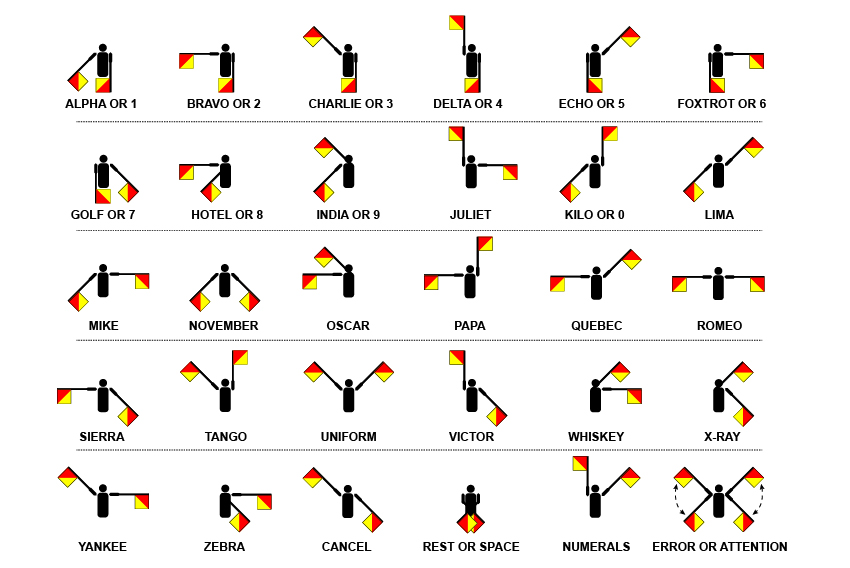
Flags are also colored differently based on whether the signals are sent by sea or by land. At sea, the flags are colored red and yellow (the Oscar flag). On land, they are white and blue (the Papa flag).
Secret Message Encoding
Baden-Powell took advantage of this method of sending secret messages through semaphores to encode secret messages. By using drawings of flag positions, connected by dots, he was able to teach his spies to put together a hieroglyphic drawing that those able to read the semaphore signaling code could decode. This was of course a bit dangerous on it’s own, as you had to hope the opposition didn’t know what they were looking at and couldn’t decipher the semaphore shapes.
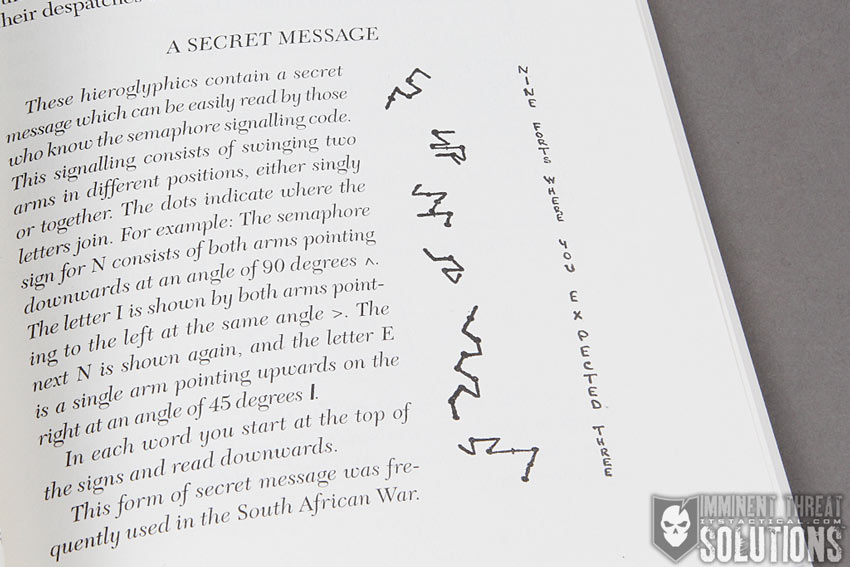
Along with other methods of signaling and leaving warnings as an Intelligence Officer, Baden-Powell would often travel as an eccentric English butterfly-hunter, scouting out enemy fortifications and passing the intel back to superiors.
To hide the sketched fortifications, he’d often work his butterfly-hunter cover for action into the messages he’d pass up the chain. In the example below, Baden-Powell hid his sketching inside a drawing of a butterfly, this would translate perfectly into his cover if he was searched and the drawing was found.
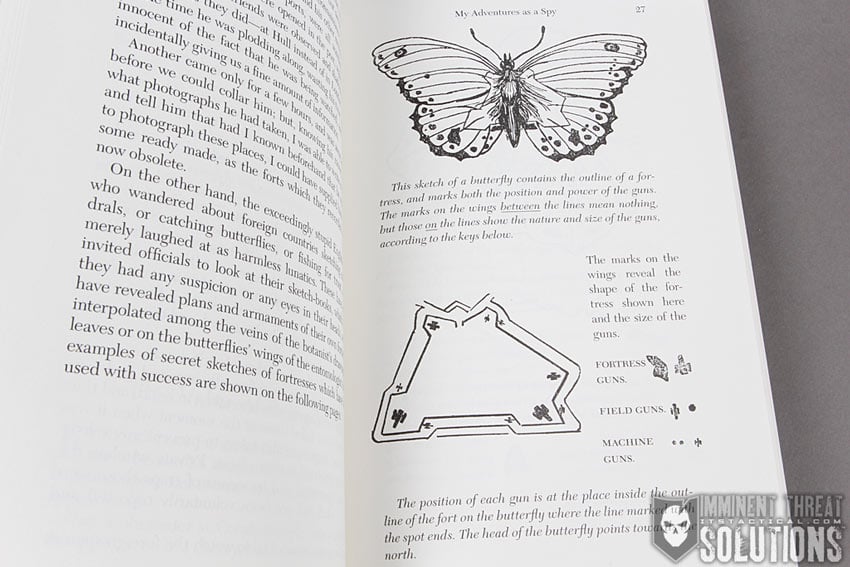
Notes
My Adventures as a Spy is a short, but very interesting look into the life of Sir Robert Baden-Powell and his exploits as a spy during World War 1, I’d highly recommend giving it a read and learning more about the fundamentals of intelligence he discusses.
The book has given me a new appreciation for some old school spying methods employed by the English and how those have translated over to current techniques used today. If you’re a fan of espionage history like I am, you won’t be disappointed with this book.






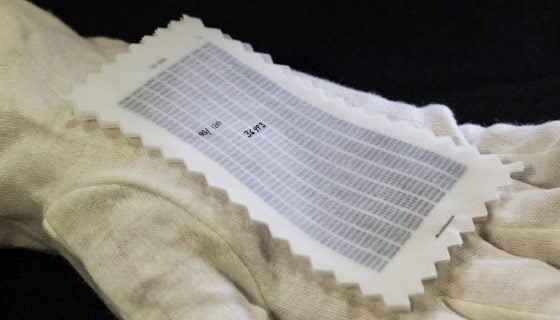
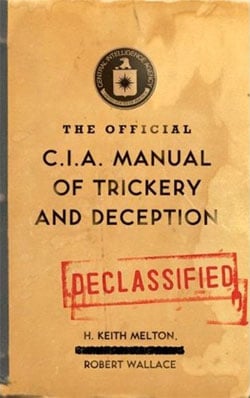

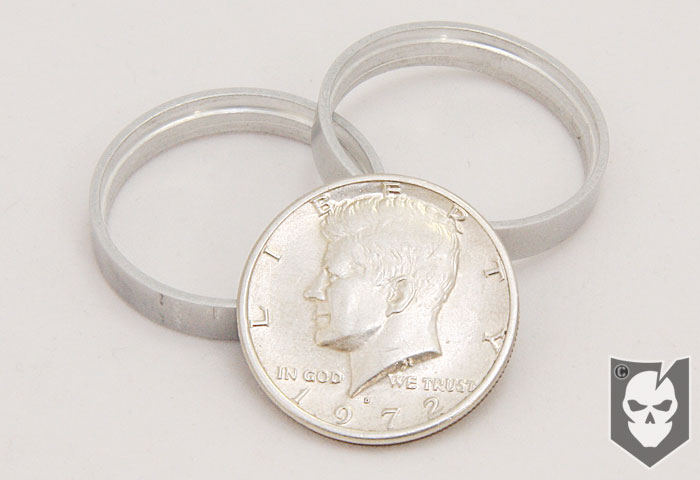

Discussion